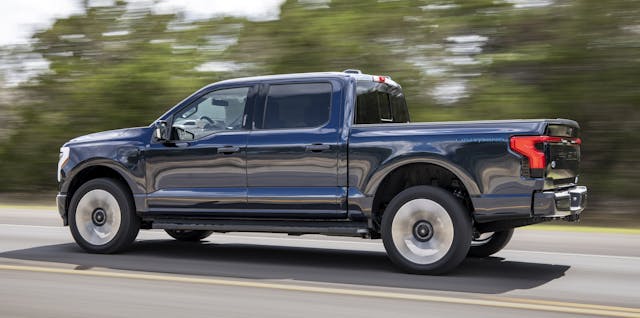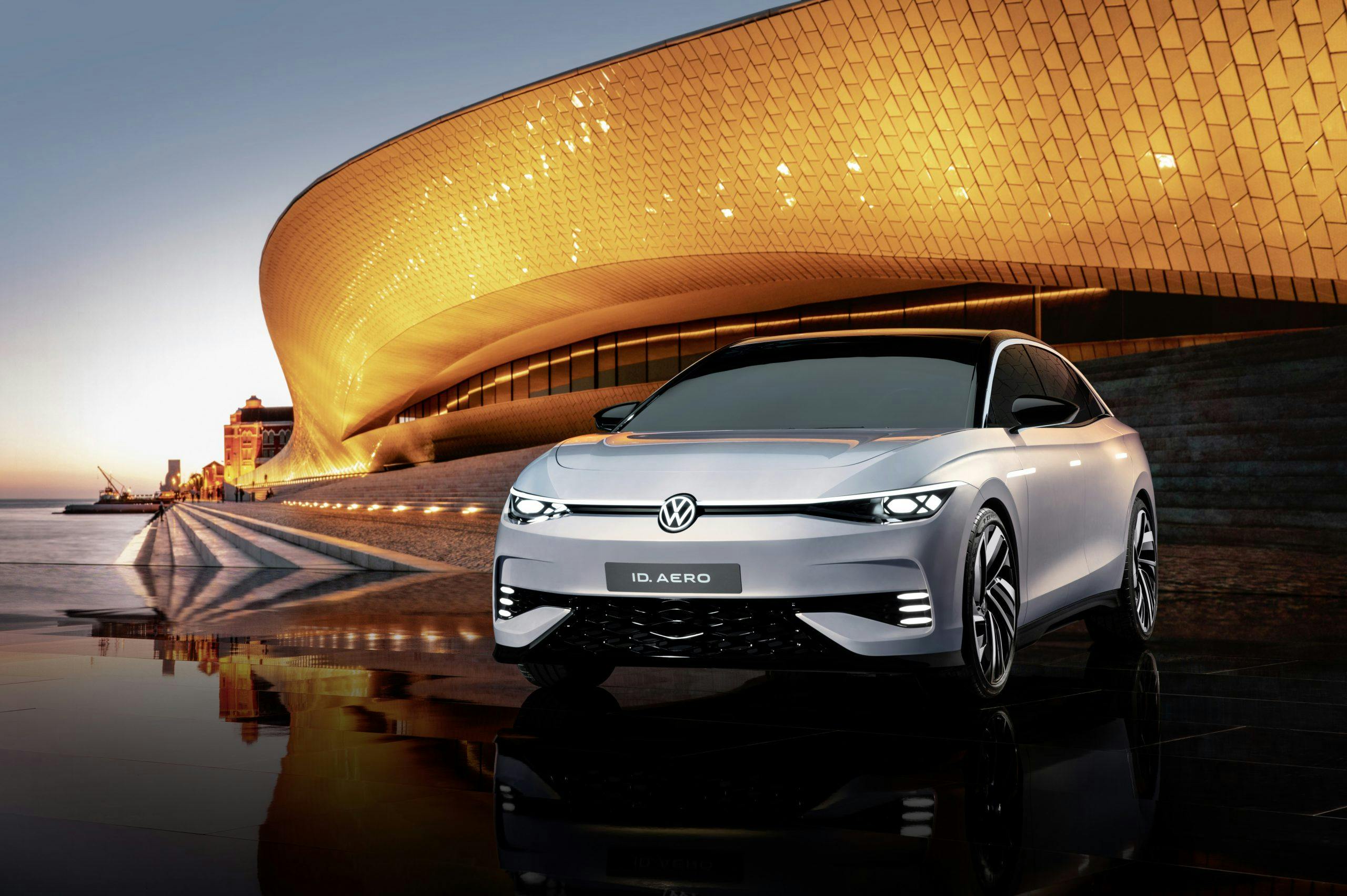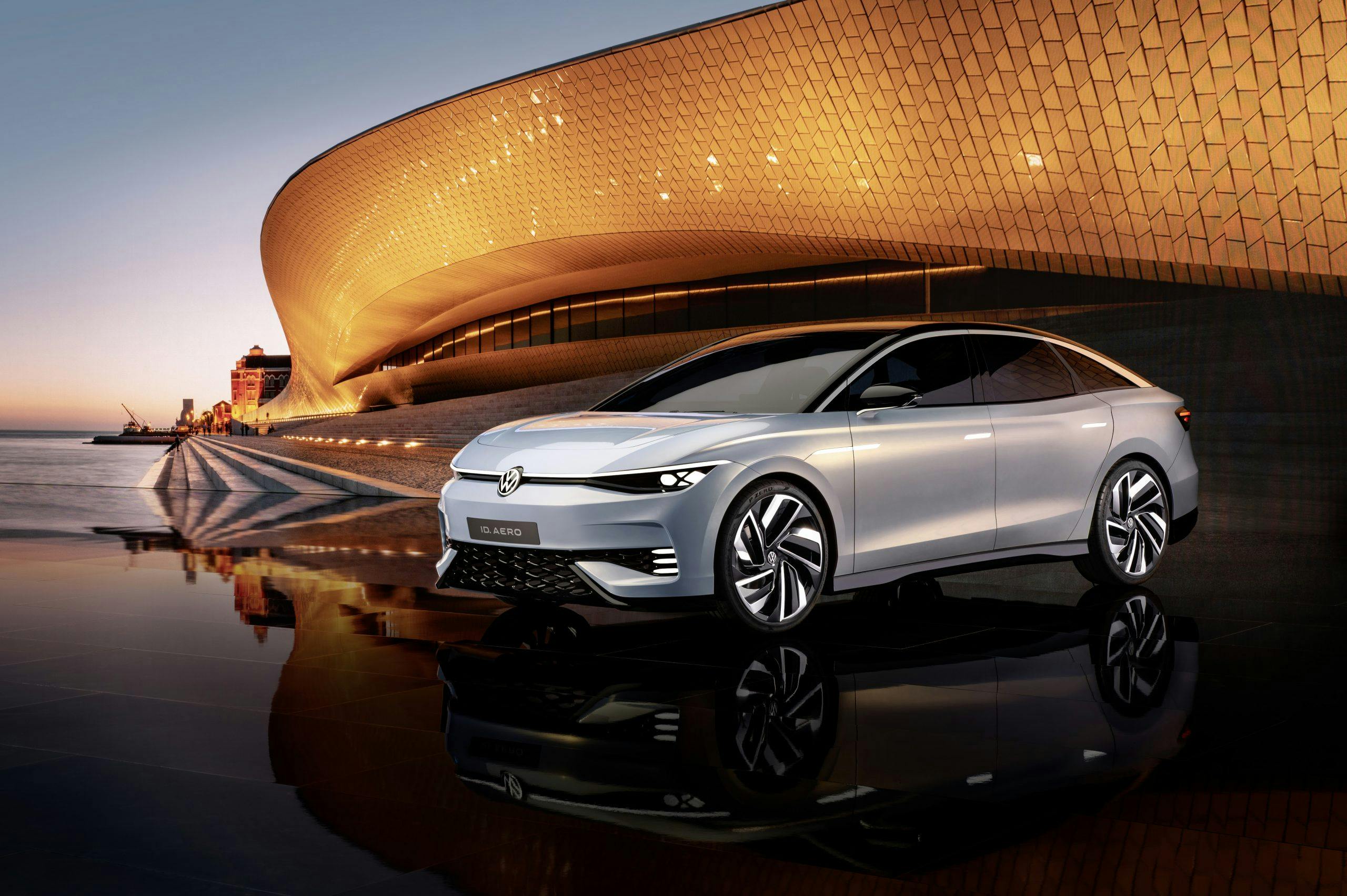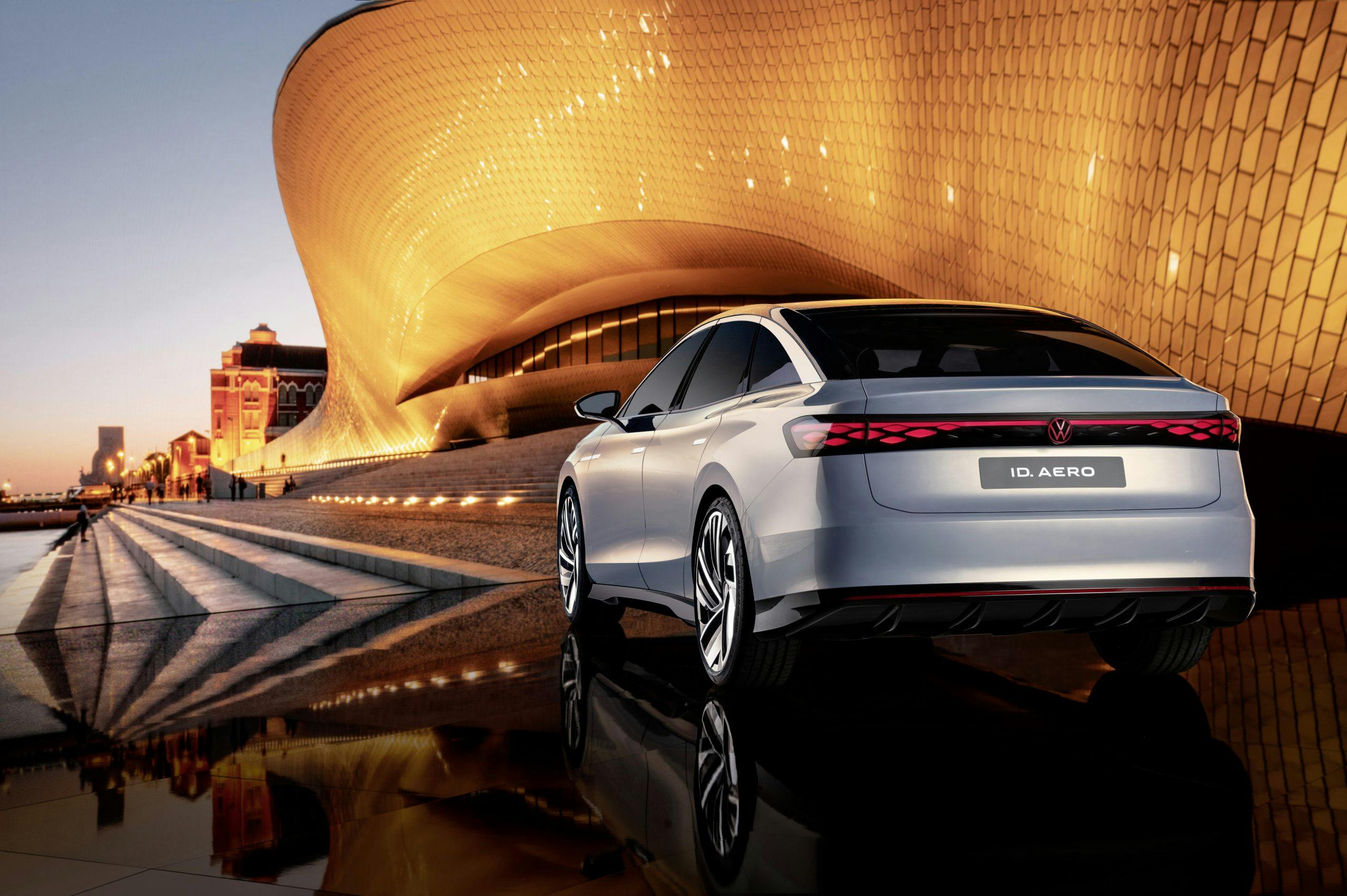Media | Articles
GM considers in-house restorations, ESPN’s eye-watering F1 extension, Ford to axe EV lease buy-outs
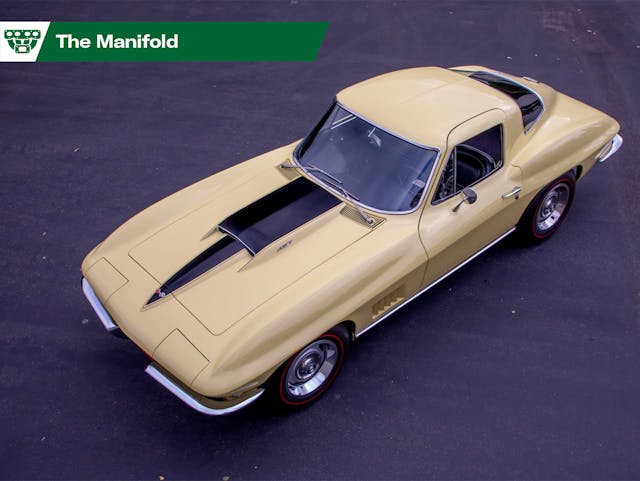
GM considering factory restoration shop, trademark filing suggests
Intake: A recent filing with the United States Patent Office (USPTO) by General Motors may hint at an exciting new chapter for the beloved Detroit brand. The patent trademarked the phrase “GM restoration,” which implies that The General is eyeing an in-house restoration business akin to the ones offered by Porsche, Land Rover, and a few other OEMs. Or perhaps the filing precedes the announcement of a new run of parts for certain classics. Details are sparse, but the fine text mentions that all sorts of components could fall under this trademarked entity’s purview, including mechanical bits like camshafts and exhaust manifolds as well as certain electronics, body panels, and rubber components. In the not-too-distant future, you maybe be able to head straight to the source for a full-blown revitalization of that barn-find ’68 Chevelle SS (or 1967 L88, as shown here).
Exhaust: But should you? High-quality restorations are not simple undertakings—even if you’re the company that built the thing in the first place. “The restoration program will have to offer a service that essentially hands you back a perfect car when finished to be in consideration over the well-established restorers like Kevin MacKay, whose shop has a proven track record of restoring concours-quality cars,” says Hagerty Price Guide editor Greg Ingold. It might be more logical that this new branch will specialize in the (re)production of older, hard-to-find parts, akin to Toyota’s GR Heritage Parts or the Nissan equivalent. Regardless, all signs point to the General making an effort to help keep the classics we know and love on the street. How ya gonna say no to that?
VW’s flagship EV … is not a crossover
Intake: Meet the Volkswagen ID.Aero concept, the latest salvo in the German brand’s ongoing electrification onslaught. As most good concept cars do, the ID.Aero offers some hints the production version of VW’s new global-market flagship sedan. For starters, VW’s MEB platform will underpin this 16-plus-foot chariot—bones shared with the ID.4 crossover and the forthcoming ID.Buzz electric van. Short overhangs and a long wheelbase bolster cabin space, though how that space is used is anyone’s guess–there are no interior photos as of now. Sleek bodywork and a sedan profile help the ID.Aero achieve a drag coefficient of 0.23, which still lags behind the Tesla Model S’ 0.208 and the 0.20 figure claimed by the Mercedes-Benz EQS. That said, 0.23 is a far better than what most crossovers can achieve these days, and is especially advantageous for the battery-electric ID.Aero. That slippery shell helps the car maximize the range of its 77-kWh lithium-ion battery pack, which VW says achieves up to 385 miles of range on the WLTP test cycle. (That figure may diminish slightly as the car makes necessary concessions to production-spec vehicle regulations.) VW says that production for the ID.Aero for the Chinese market will begin in China in the second half of next year. European-spec models will begin rolling off the firm’s Emden production facility in Germany around the same time. No word on U.S. production yet, but we’d anticipate it’s not far behind—think late 2023 or early 2024.
Exhaust: Flagship sedans in a crossover-crazed world? Haf ze Germans lost zier mahbles? Not entirely. Low drag coefficients are easiest to achieve with low-slung, rounded shapes; the more your new ride looks like a river rock, the better. (Yes, even the floorpan.) Sorry crossovers, ultra-low drag coefficients are gonna be a bit tougher for you. That said, if the new ID.Aero arrives in the U.S. before the ID.Buzz’s return in 2024—according to VW, it will—we can’t help feeling like some resources were misallocated. Folks seem genuinely excited about a delightfully retro electric van; we’re skeptical that the same could be said for another sedan.
Euro looks with an American heart: Jay Leno drives an Apollo GT
Marketplace
Buy and sell classics with confidence
Intake: Of all the ideas an enterprising twenty-something may have, starting a car company has to be one of the more far-fetched. That didn’t stop Milt Brown during the mid-1960s, though. The Apollo GT first saw the light of day in 1963 as an Italian-built body that was shipped to the U.S. where it received a Buick 215-cubic-inch V-8. Its blend of European panache and American power has long been a hit worldwide. Just 88 were produced, so if, after this video, an Apollo is something you want, know you might be searching for quite some time for the right car.
Exhaust: The early prototypes were all aluminum, but when production ramped up, the bodies became steel with aluminum hoods and doors. That changes the weight a bit, but this is still a fairly lithe car, considering the 225-horsepower produced by that Buick V-8. Claimed top speed in period was 150 mph, which was very good performance for the $6000 base price. Of course these days $6000 won’t get you one of these American exotics—a #3, driver-quality car can easily fetch over $100,000. Crazier dreams have been realized, though …
F1 extends ESPN contract, price skyrockets

Intake: According to a report in Sports Business Journal, Formula 1 has agreed to renew its broadcast contract with ESPN for three more years, through the 2025 season. How much money? Sit down: Between $75 and $90 million a year, up enormously from the approximately $5 million a year ESPN pays now. The deal reportedly gives the broadcast company the right to put a small number of races on its ESPN+ streaming service, though most will air on ABC or ESPN. The races on ABC are likely to be the two U.S. events, in Miami and Austin, and possibly Montreal and Mexico City. In renewing with ESPN, SBJ says F1 turned down offers from Comcast, Amazon, and Netflix.
Exhaust: What is the reason for the steep climb in F1 popularity in the U.S.? That would be Netflix’s Drive to Survive series, which follows multiple drivers and storylines during an F1 season. Premiering in 2019, Drive to Survive is a top-10 show in 56 countries. ABC’s coverage of the F1 race in Miami peaked at 2.9 million viewers and averaged 2.6 million during the actual race. F1 even beat out NASCAR’s audience for the Darlington event in the critical 18–49 age demographic. Formula 1 is red-hot, finally, in the U.S. And it makes you wonder just how much TV rights will be worth when ESPN’s contract is up in three years, after the Las Vegas race debuts in 2023.
Wayne Gretzky’s custom boat is a sight to behold—just like #99
Intake: Idaho’s beautiful Lake Coeur d’Alene is known for its classic boats, and even though summer has just begun, it’s going to be difficult to unseat this newbie as the most talked-about vessel on the water this year. Hockey Hall of Famer Wayne Gretzky and his wife, Janet, will soon launch—or relaunch—their new 34-foot, custom-built Steinway 340 HT powerboat after taking possession of it last September (two days before shutting things down for winter). According to the Robb Report, the Steinway was designed and hand-built for the Gretzkys by Coeur d’Alene wooden-boat specialists Coeur Custom. Crafted from Sapele hardwood using traditional double-planked construction, the open-bow day cruiser glows with its 16 coats of varnish and shiny stainless-steel trim. It seats up to 12 passengers and has a galley and toilet. The cushions are embroidered with Gretzky’s iconic 99 jersey number.
Exhaust: Gretzky, arguably the greatest hockey player ever to lace up skates, forged his record-setting career by being ultra-competitive on the ice. Off it—just like his idol, Gordie Howe, who also loved boating—Gretzky is one of the most approachable and down-to-earth superstars you’d ever want to meet. So it should come as no surprise that despite Gretzky being able to afford whatever he wants, he settled for a lake boat instead of an ocean-going yacht. Forever known as The Great One, perhaps his boat will be too.
Ford institutes draconian EV lease restrictions?
